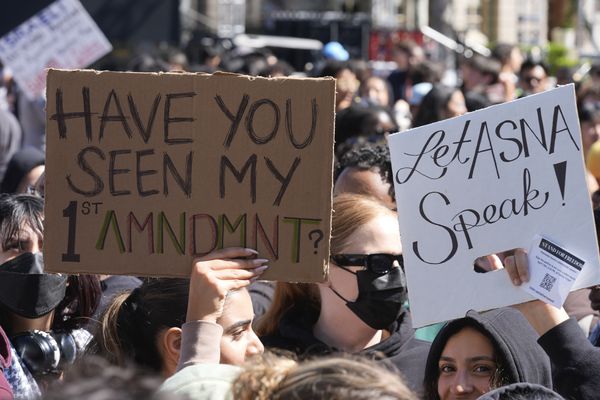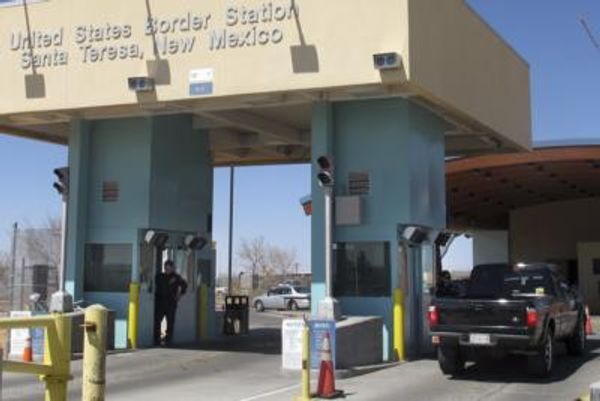
There is numerous risk in the crypto market such as cybercrimes, phishing, impersonations, Ponzi schemes, frauds, scams, market impacts, and regulatory limitations among others. These all do pose a threat for a crypto exchange in getting poorer by the night. But what happens to your crypto assets when the crypto exchange gets bankrupt. Let's just put it this way, your crypto money will also be bankrupt.
In less than two, Terra USD's sister token, LUNA went from over $119 on April 5, 2022, to literally at zero levels. Terra USD erased its peg after the Wormhole hack that led to a drastic free fall in LUNA. Just last month, Terra was the talk of the town, making massive gains, adding hefty to investors' pockets, and giving a promising trajectory for the crypto market. And now suddenly, this great crash has led to raising many questions about the stability of crypto markets.
But the reality is, as long as, there isn't any regulatory backup and extensive safety protocols within the crypto exchanges, chances are your investment in cryptocurrencies will stay at risk.
Coinbase, which operates a cryptocurrency exchange platform, in its US Securities and Exchange Commission (SEC) filing, "supported crypto assets are not insured or guaranteed by any government or government agency."
Coinbase explained that "Our and our partners’ abilities to manage and accurately safeguard these customer assets requires a high level of internal controls."
The crypto platform highlighted that the success of their offerings requires significant public confidence in them and their partners’ ability to properly manage customers’ balances and handle large and growing transaction volumes and amounts of customer funds. In addition, they are dependent on their partners’ operations, liquidity, and financial condition for the proper maintenance, use, and safekeeping of these customer assets.
However, any failure by the crypto platform or their partners to maintain the necessary controls or to manage customer crypto assets and funds appropriately and in compliance with applicable regulatory requirements could result in reputational harm, litigation, regulatory enforcement actions, significant financial losses, lead customers to discontinue or reduce their use of the products and result in significant penalties and fines and additional restrictions, which could adversely impact their business, operating results, and financial condition.
"Moreover, because custodially held crypto assets may be considered to be the property of a bankruptcy estate, in the event of a bankruptcy, the crypto assets we hold in custody on behalf of our customers could be subject to bankruptcy proceedings and such customers could be treated as our general unsecured creditors," Coinbase said in the filing.
As of March 31, 2022, Coinbase holds a whopping $256 billion in custodial fiat currencies and cryptocurrencies on behalf of customers, as per the filing.
If that is the case, if a crypto exchange does go bankrupt chances are that your crypto assets will be pushed to bankruptcy.
But there are ways to protect your crypto assets even when a crypto exchange goes bankrupt. The best option is a non-Custodial crypto wallet.
Unlike custodial crypto assets that are managed by third parties and only allow investors to send and receive money, non-custodial wallets are services that give the command of managing crypto assets in the hands of users.
For instance, like a bank deposits account, they are protected by a centralised bank in India's case RBI. But since crypto platforms have no regulatory backups, investors' accounts with them are always at market risk.
In a non-custodial crypto wallet, the user is the manager of his or her crypto assets. They are less risky and the information remains with the customers. The security levels in custodial wallets are high and vulnerable to hacks. While non-custodial assets are offline, hardware wallets in the form of physical medium - reduce the chance of getting data leak and theft among others - until and unless the user shares his or her details with someone else.
Non-custodial wallets can also be referred to as cold wallets that come in the shape of a USB stick.
Another medium is also blockchain-based apps, Decentralized crypto exchanges (DEXs), that offer lower fees and allows customers to hold their own crypto assets directly, and eliminates regulatory or bankruptcy burden.
On its website, Coindesk explains, that DEX coordinates large-scale trading of crypto assets between many users. They do that entirely through automated algorithms, instead of the conventional approach of acting as a financial intermediary between buyers and sellers. The idea behind a DEX is "disintermediation," which means removing middlemen to allow regular people to do business directly with each another. A DEX doesn't offer custody of users’ crypto assets. Instead, users directly hold all their assets in their own wallets at all times.







